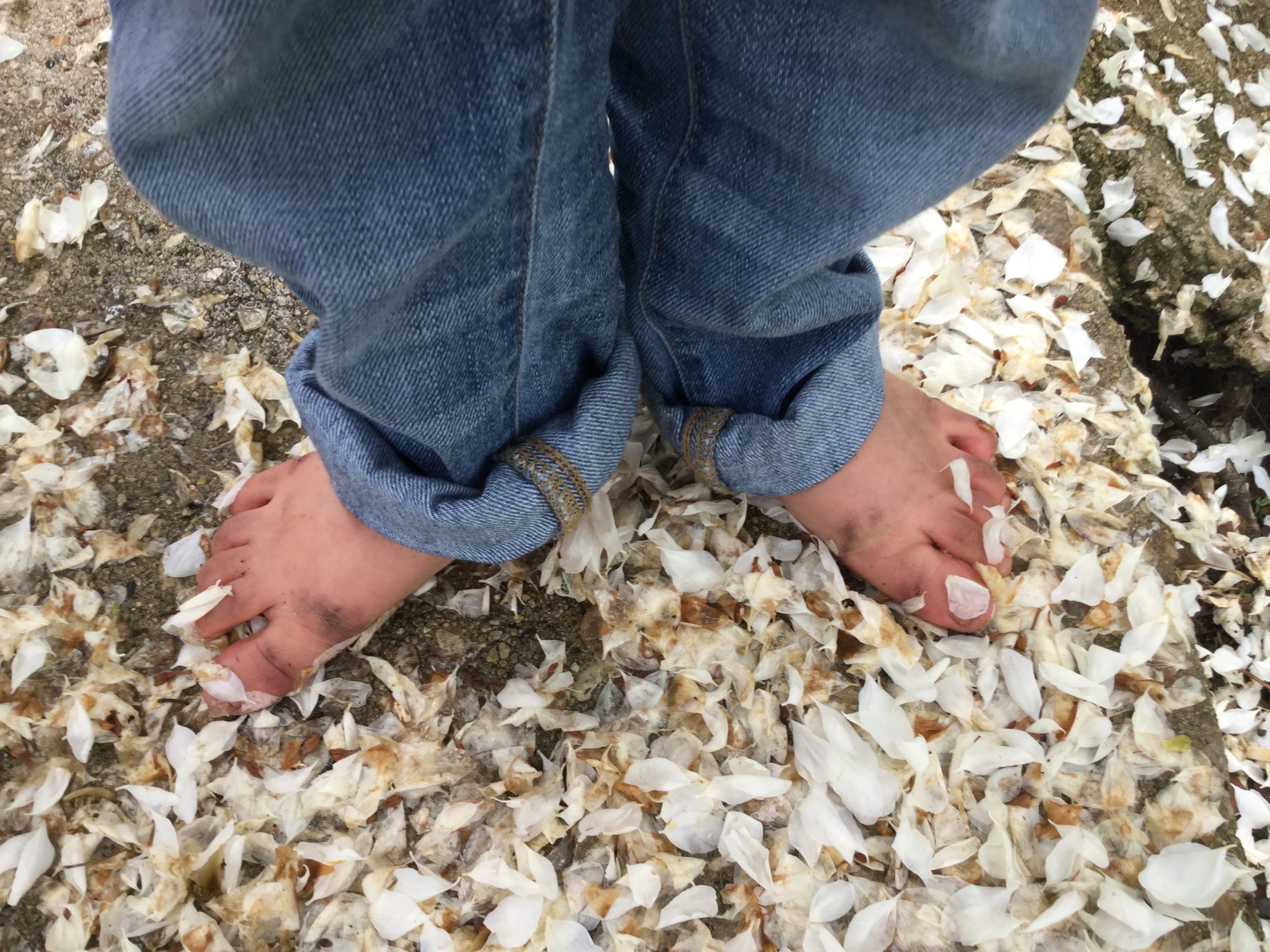March 26th, 2020
Dear Mom,
As I mentioned in my first letter, I’m truly sorry that I can’t come and visit you. They’ve locked family members out of your retirement facility and are only allowing outside paid caregivers to come in and be with you. Since this change we’ve chosen to employ additional caregivers so that you have plenty of visitors.
I meant to tell your caregivers that you LOVE to sing songs from the musical “The Sound of Music” so if they want to try doing that —- go for it! A funny one would be, “How Do You Solve a Problem Like Maria?” Because your caregiver Maria isn’t a problem at all! They can pull these up on their iPhones and sing them with you in the apartment or while you two are walking the halls. “Edelweiss,” “The Hills are Alive,” “So Long Farewell,” “How Do You Solve a Problem Like Maria” are all great tunes that you could teach them, since you know all the words! When the weather warms up they can sing with you out in the courtyard under the blooming crabapple tree.
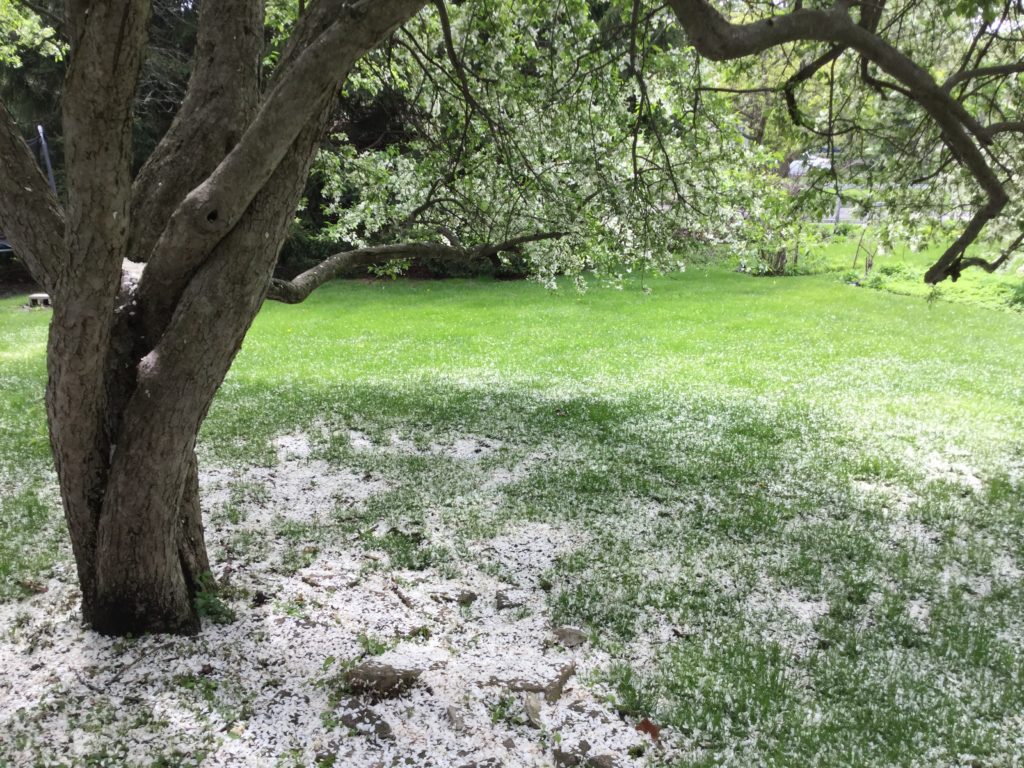
I’m not sure if you realize that blooming crabapple trees have followed us all our lives. A white blossoming baby tree grew tall off our flagstone patio at 935 Batavia Ave. and every spring morning for almost 30 years I’ve awakened to the sight of two mounded giants outside the dormer window of our bedroom, creating a jungle gym for our squirrel friends. You loved walking your neighborhood at 1945 Wexford Circle, wreathed in yellow locust petals in the fall and pear and crabapple snowy petals in the spring. Right around Mother’s Day, Caleb and Nathaniel could sit on the edge of their bed, look left and see their dormer window filled with fuchsia crabapple petals and look right, every pane filled with white crabapple petals which actually started out light pink and then turned to white. We learned over the years their official name, Snowdrift Crabapple. Even now, we drive down Shady Lane to take in the alternating quilt of pink and white petal patches.
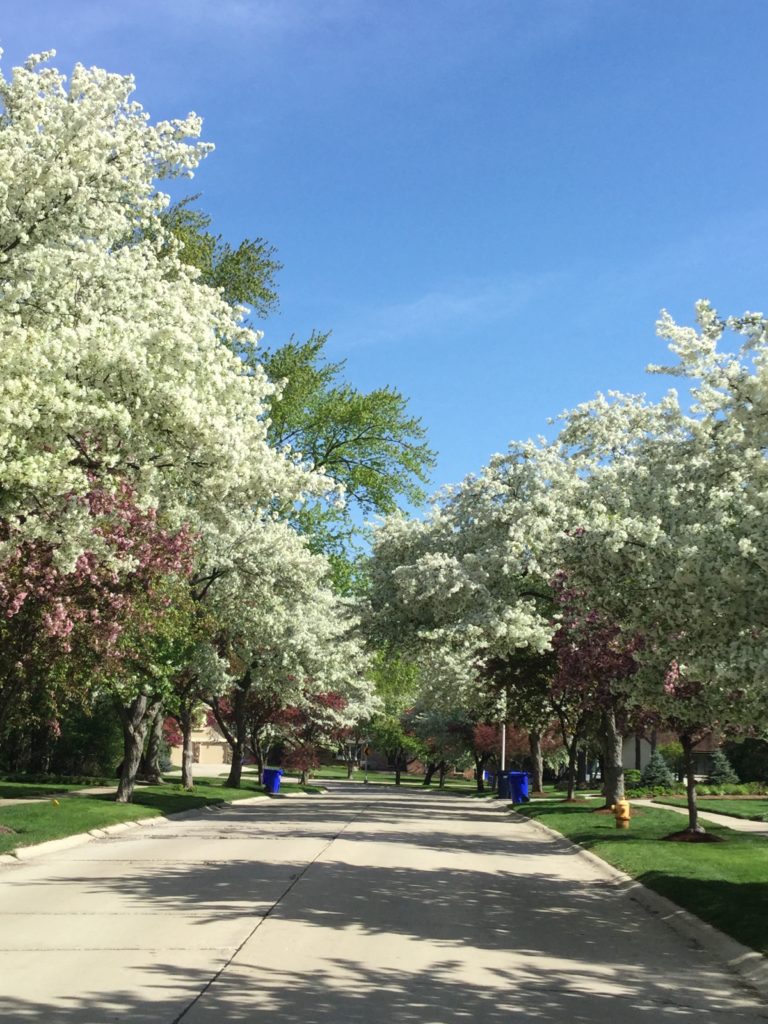
Thank you for teaching me everything about plants, trees, shrubs and flowers which of course includes cultivated and wildflowers, both of equal value which is why you insisted I carry both in my wedding bouquet. What would a summer wedding be without Queen Annes Lace? You’ve taught me the value of dirty hands, aging fingers encrusted in dirt even after numerous before dinner hand washings. It’s a good gardening year when the dirt never completely escapes the crevices of my index finger. Your 1945 Wexford Circle home featured the perennial border on the west side with the most enormous English Munstead Lavender plants in front of your Rudebekia which we know better as Black Eyed Susans. When I transplanted a few of your Lavender plants to my own border they failed to return to their former size and vigor. My soil didn’t have the same type of drainage of your newer development clay— which you amended with the help of Mary LaBuddy, your gardening helper, each year. “My soil is terrible,” you would complain, but there are benefits to weaker soil and lavender is one of them. When we moved everything out of your garage I found shoe boxes FULL of dried lavender bundles. You trimmed them evenly across the bottom and tied each one with raffia and stacked them neatly in boxes. What were you saving those lavender bundles for? (Please write down her answer, I’d love to know.) Perhaps, Jessie’s wedding someday?
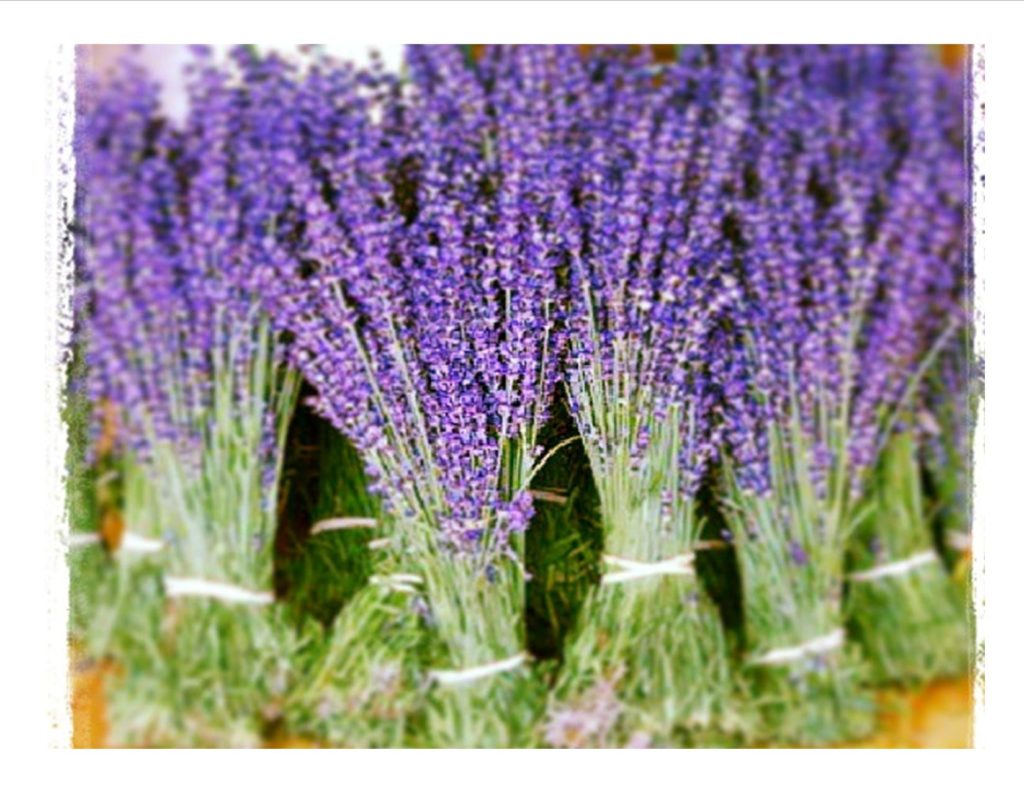
You taught me to stand in awe and reverence before the queen of perennials – delphinium, especially the delphinium of Door County. Remember the tallest and best inside the cedar hedge at the Blue Dolphin shop between Sister Bay and Ephraim? Sir Galahad, Black Knight, Guinevere, Blue Lace— I tried to grow all these delphinium varieties from seed and in some years succeeded, but they never wintered over. Far more delphiniums lost than gained in my garden which brings me to your appreciation of the seasons. Life indeed has it’s seasons and true, palette colors, “A time to reap and a time to sow.” Gardening is about gains and losses and seeing the beauty in fallow soil as well as a flora-abundant border.
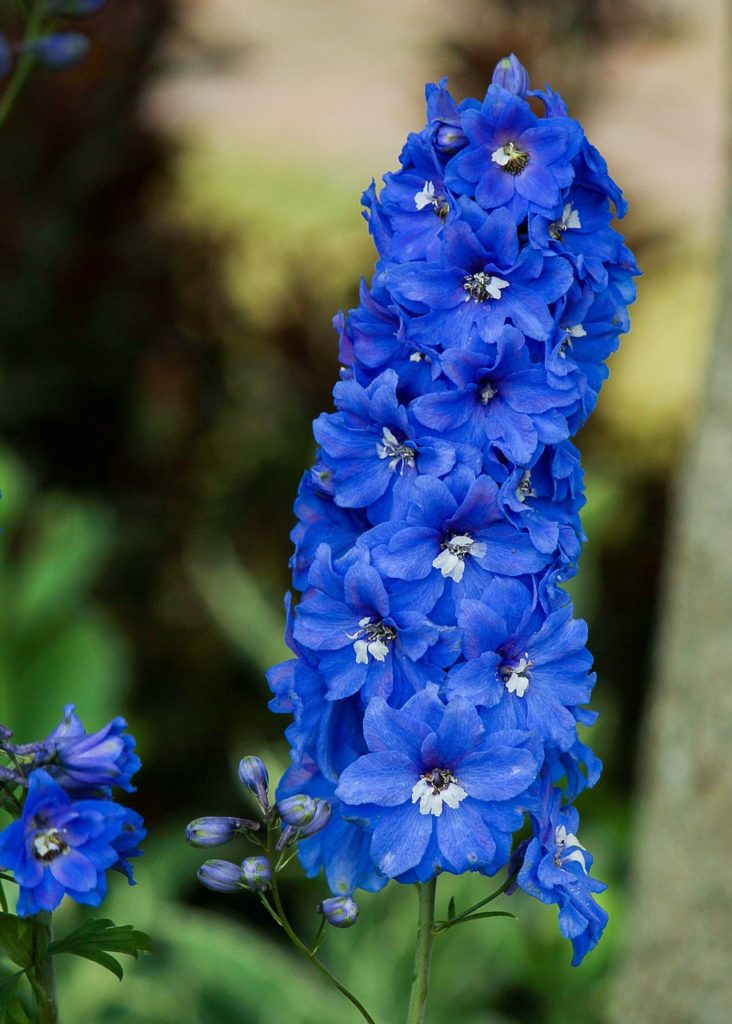
Last fall when we walked through St. James Farm, you referred to the River Birch trees, “Look at that mustard yellow, just beautiful.” Mustard yellow, ochre, these colors from your paint palette still exist in the recesses of your cognition and trees inspire the release of those words. Can you guess what is the one word I hear you use more than any other, not counting the names of people, “beautiful.” Thank you for helping me see the beauty in soft landscapes, the weathered lines of aging faces, eyes locking over a handshake, snow laden pines “shagged with ice,” (stealing from Wallace Stevens there.) It’s visible in the seen and the unseen and we need to keep looking, even amidst the virus there is beauty everywhere.
I love you my forever beautiful mother,

